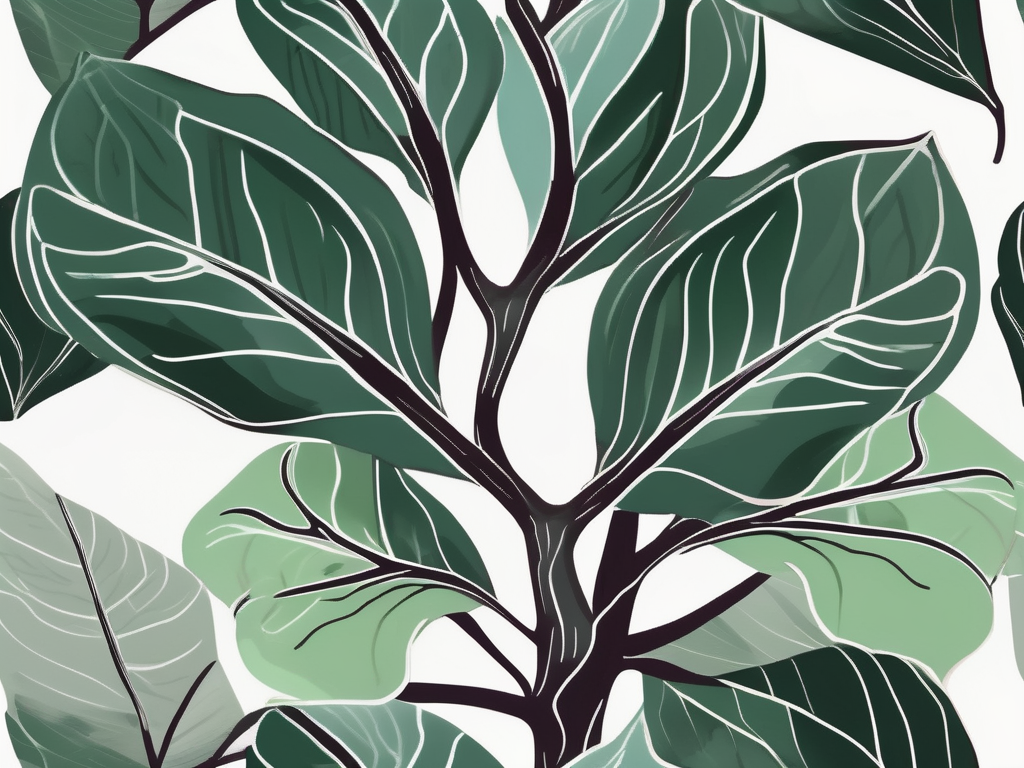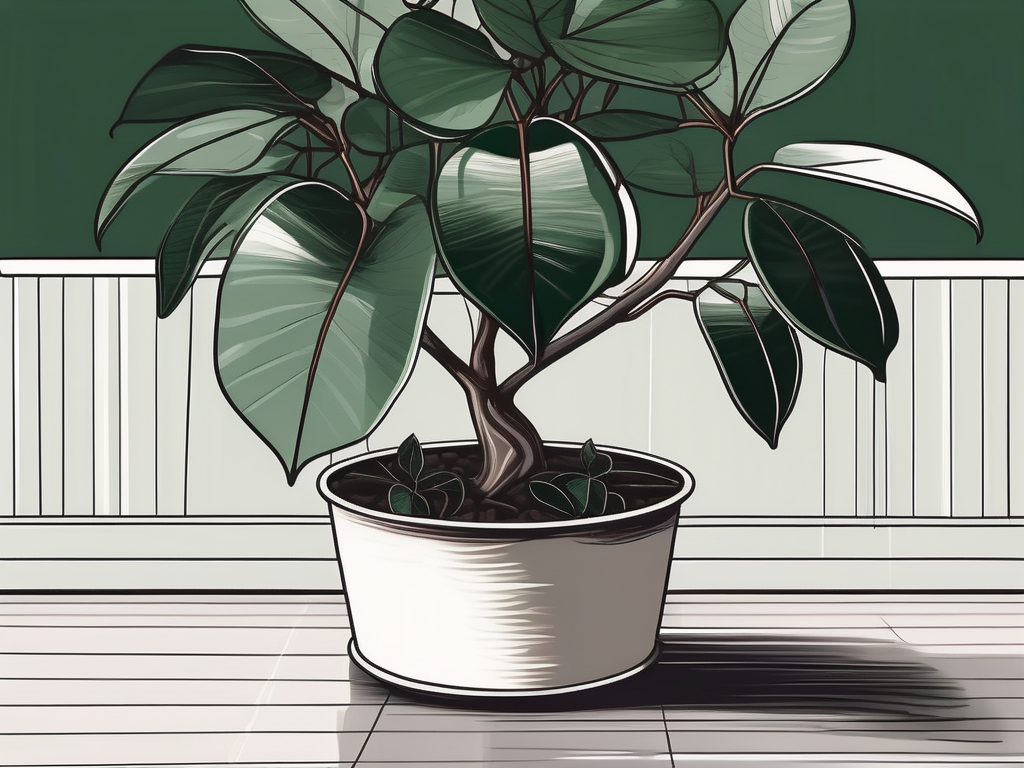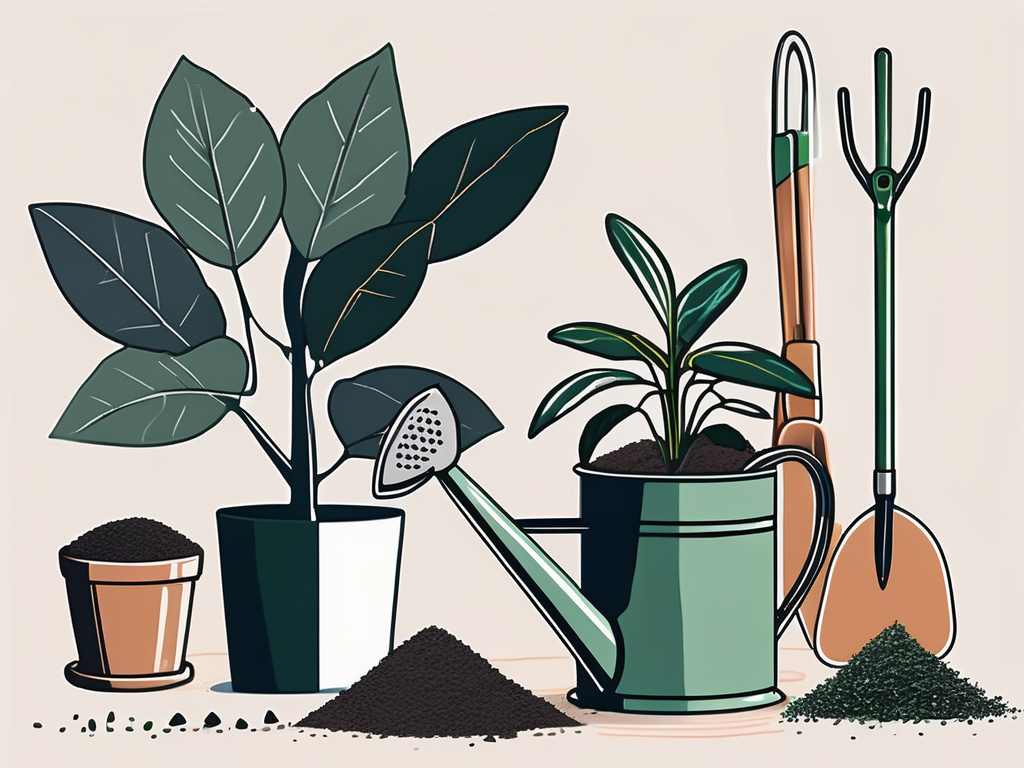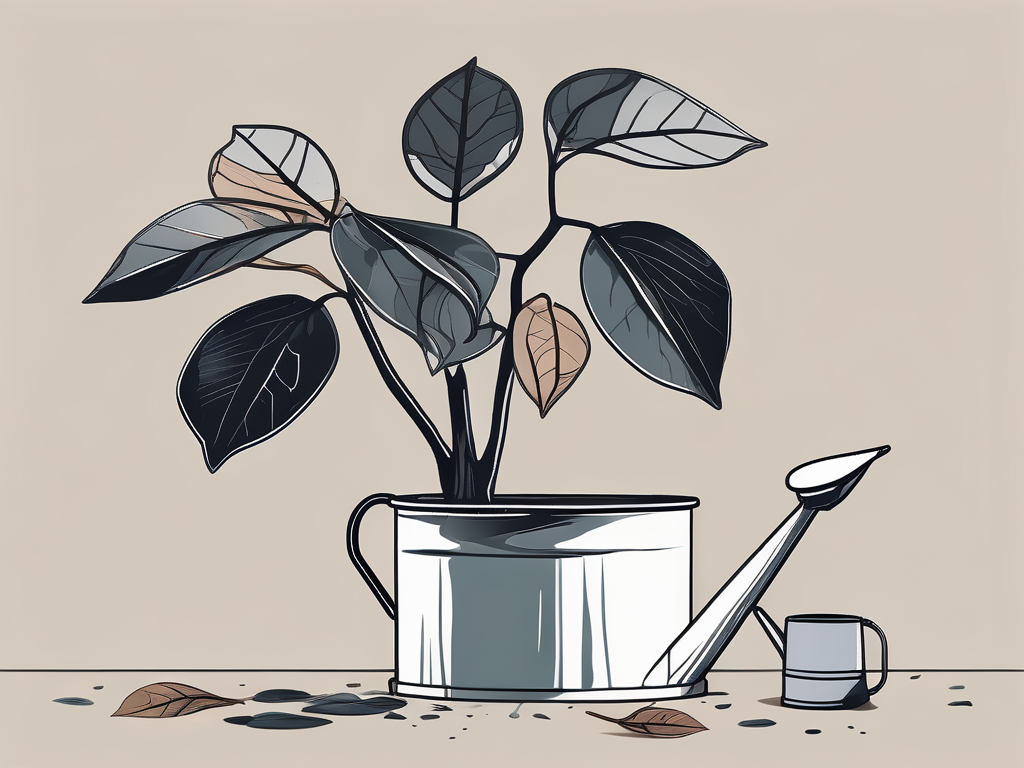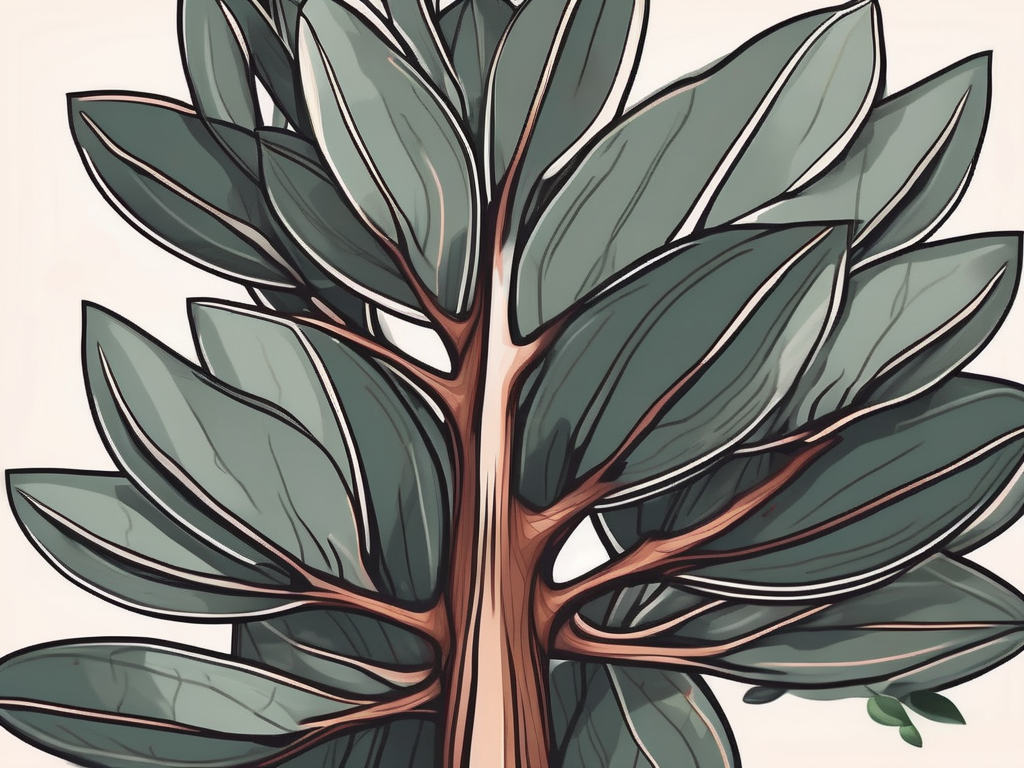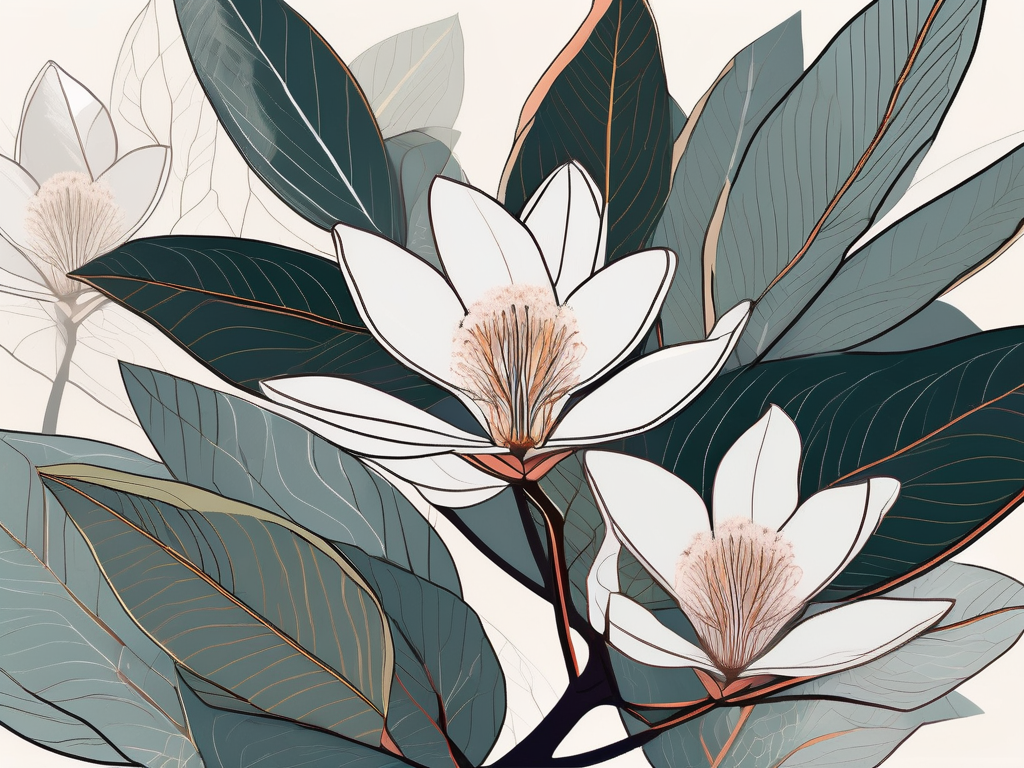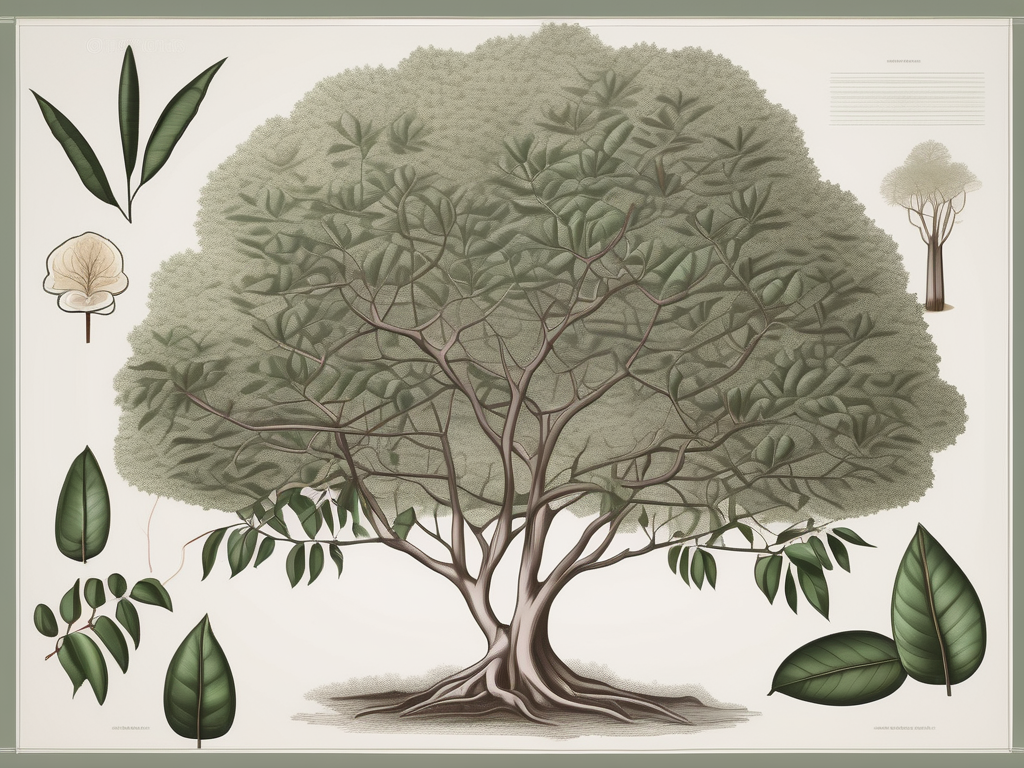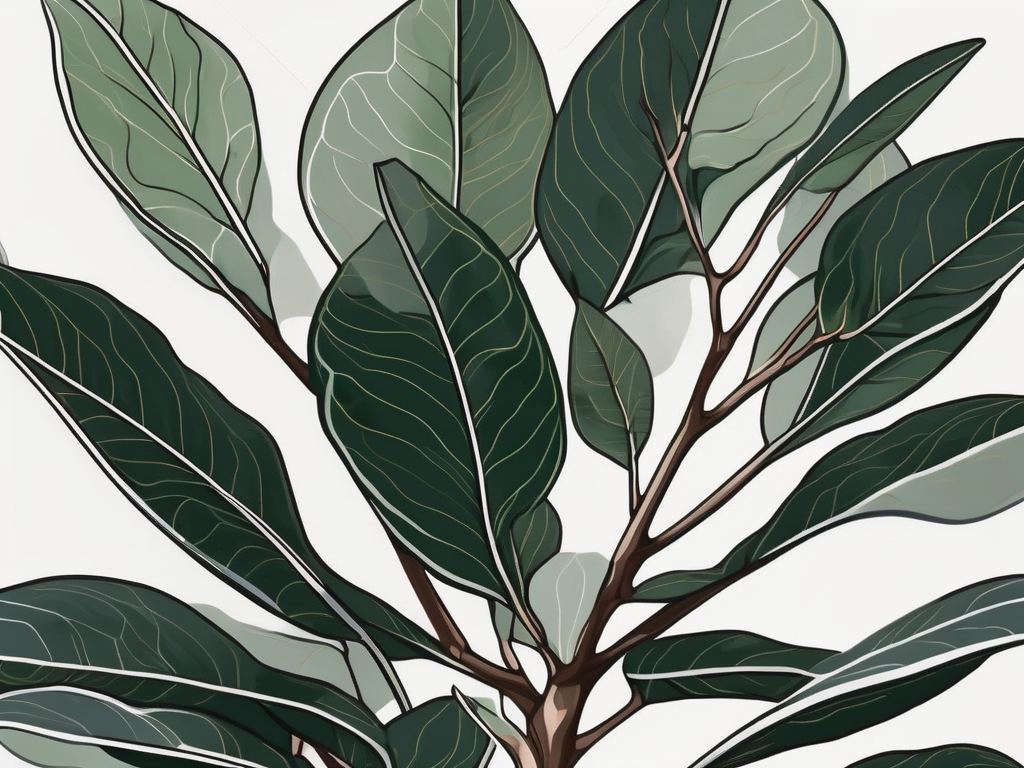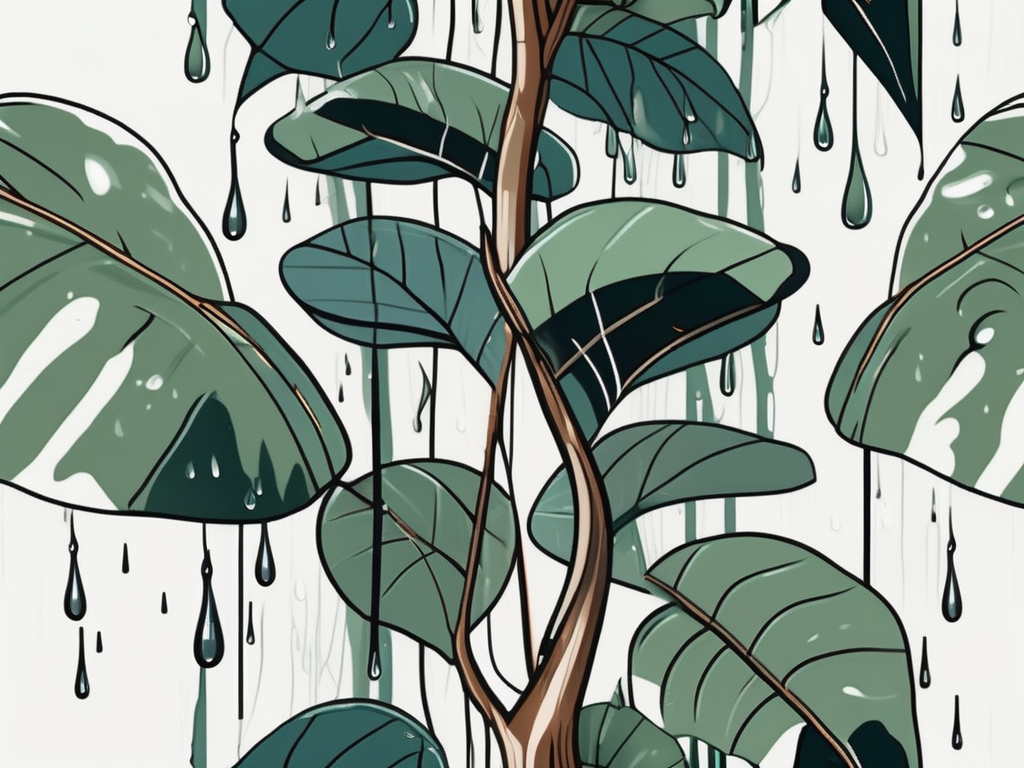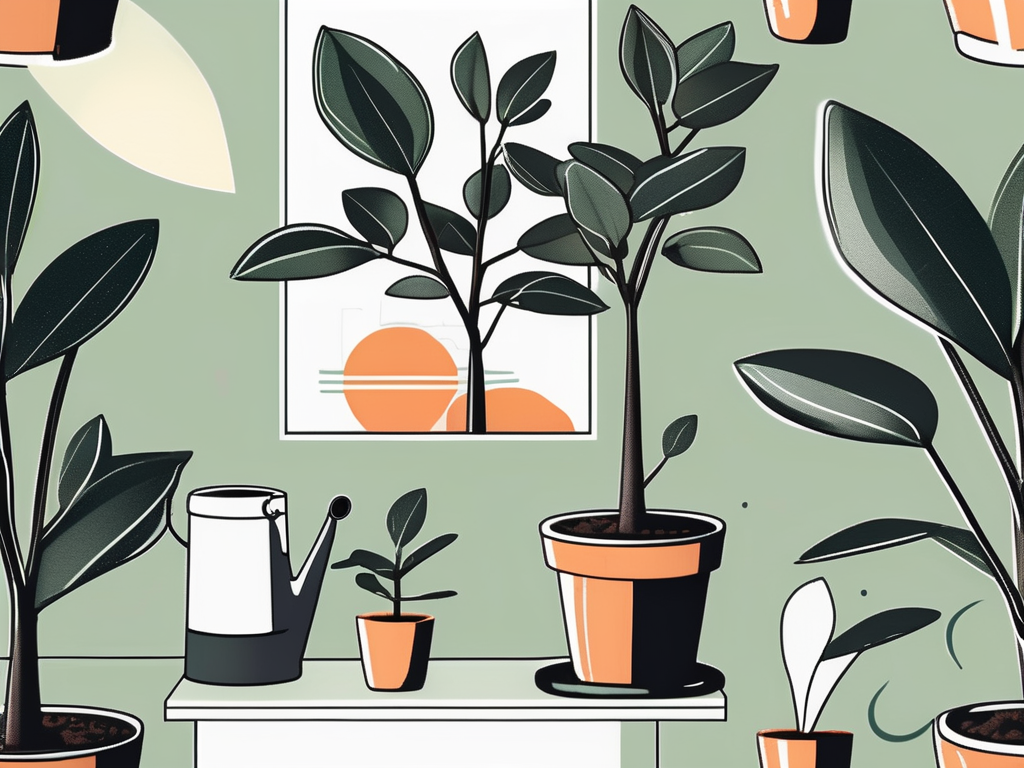
Rubber trees, with their lush, glossy leaves, are a favorite among plant lovers. They bring a touch of tropical elegance to any room and are relatively easy to care for. But did you know that you can propagate them at home and expand your green family without having to buy more plants?
This article will guide you through the process of propagating rubber tree cuttings, offering practical tips and insights to ensure your success. We’ll also cover how to care for your new plants once they start growing, helping you enjoy the rewards of your efforts. So, let's get started!
Understanding Rubber Trees
Before we jump into the nitty-gritty of propagation, it's helpful to know a bit about rubber trees (Ficus elastica). These plants hail from Southeast Asia and are part of the fig family. Their large, shiny leaves are not only pretty to look at but also great for purifying indoor air. Rubber trees are quite adaptable, making them perfect for both novice and experienced plant parents.
Rubber trees can grow quite tall if left unchecked, reaching heights of up to 100 feet in their natural habitat. However, when grown indoors, they usually top out at about 6 to 10 feet, depending on how much room you give them. And here's a fun fact: rubber trees get their name from the latex-like sap that was once used to make rubber.
Now that you're a bit more familiar with these green beauties, let's move on to the exciting part—propagating rubber tree cuttings.
Getting Started with Propagation
Propagating rubber trees isn't just a fun project; it's a great way to share the plant love with friends or expand your collection. While it might sound a bit intimidating, the process is actually straightforward once you know the steps.
The best time to take cuttings is during the plant's active growing season, which typically falls between late spring and early summer. This is when the plant is most capable of producing new growth. Make sure your rubber tree is healthy and well-watered a few days before you take the cuttings to give it a boost.
Here’s what you’ll need to get started:
- A sharp, clean pair of pruning shears or a knife
- A pot with drainage holes
- Well-draining potting mix
- Rooting hormone (optional but helpful)
- A clear plastic bag or a propagation dome
Taking Your Cuttings
Now that you're equipped with the necessary tools, it's time to take your cuttings. Choose a healthy branch on your rubber tree that's about 12 inches long. Look for a section with at least two or three leaves and a few nodes (the spots where leaves attach to the stem).
Follow these steps to take your cutting:
- Using your clean shears or knife, make a cut at a 45-degree angle just below a node. This angle increases the surface area for rooting.
- Remove the lower leaves to expose about two inches of the stem. This part will be submerged in the soil.
- If you're using rooting hormone, dip the cut end of the stem into the powder. This step isn't mandatory, but it can help speed up the rooting process.
With your cutting ready, it's time to plant it and encourage those roots to grow.
Planting Your Cuttings
Once you've prepared your cutting, the next step is to plant it. Here’s how:
- Fill your pot with well-draining potting mix. You can use a mix specifically designed for tropical plants or make your own by mixing equal parts of peat, perlite, and coarse sand.
- Make a small hole in the soil with your finger or a pencil. This will prevent the rooting hormone from being wiped off as you plant the cutting.
- Place the cutting into the hole and gently press the soil around it to secure it in place.
After planting, give the cutting a good drink of water. Make sure the soil is evenly moist but not soggy. Overwatering is a common mistake, so let the top inch of soil dry out before watering again.
Creating the Right Environment
For your rubber tree cutting to thrive, it needs the right environment. These plants love warmth and humidity, so you'll want to mimic these conditions as best as you can.
Here are a few tips to create the perfect environment:
- Light: Place your cutting in a spot with bright, indirect light. While rubber trees can tolerate lower light levels, bright light will encourage faster growth.
- Humidity: Cover the cutting with a clear plastic bag or a propagation dome to maintain humidity. Make sure the bag doesn’t touch the leaves and remove it once a day for a few minutes to let the plant breathe.
- Temperature: Keep your cutting in a warm area, ideally between 70-85°F (21-29°C). Avoid cold drafts or sudden temperature changes.
With these conditions in place, your cutting will soon start developing roots. It usually takes a few weeks, so be patient and check for roots by gently tugging on the cutting. If you feel resistance, roots are forming!
Caring for Your New Rubber Tree
Once your rubber tree cutting has rooted, it’s time to think about long-term care. Initially, your new plant will be more delicate than a mature rubber tree, so handle it with care.
Here’s how to care for your new plant:
- Watering: Water your rubber tree when the top inch of soil feels dry. These plants prefer to dry out a bit between waterings, so avoid keeping the soil constantly moist.
- Fertilizing: Feed your rubber tree with a balanced liquid fertilizer every month during the growing season. Cut back on fertilizing in the fall and winter when growth slows down.
- Pruning: As your plant grows, you can prune it to encourage bushier growth. Cut back any leggy branches to shape the plant as desired.
With proper care, your new rubber tree will grow strong and healthy, adding a vibrant touch to your home.
Dealing with Common Issues
Even with the best care, rubber trees can encounter a few problems. Here’s how to tackle some common issues:
- Yellow Leaves: This can be a sign of overwatering. Ensure your plant’s pot has good drainage and let the soil dry out before watering again.
- Leaf Drop: Sudden changes in temperature or light can cause leaves to drop. Make sure your plant is in a stable environment and avoid moving it frequently.
- Pests: Keep an eye out for pests like spider mites or scale insects. Wipe the leaves with a damp cloth regularly and use insecticidal soap if needed.
By staying vigilant and addressing issues promptly, your rubber tree will continue to thrive.
Incorporating Rubber Trees into Your Home Decor
Rubber trees aren’t just great for your indoor environment—they can also enhance your home decor. Their bold foliage and striking silhouette make them a fantastic focal point in any room.
Here are a few ideas to incorporate rubber trees into your home:
- Statement Piece: Place your rubber tree in a decorative pot and let it stand alone in a living room corner. It can add height and drama to the space.
- Grouped with Other Plants: Create a lush plant corner by grouping your rubber tree with smaller plants like pothos or ferns. Use varying heights and textures to create visual interest.
- Office Companion: Keep a smaller rubber tree on your desk for a touch of greenery. It can help create a calming and productive workspace.
However you choose to display your rubber tree, it’s sure to bring life and beauty to your home.
Sharing the Love: Gifting Rubber Trees
If you’ve propagated more rubber trees than you need, why not share the love with friends and family? These plants make thoughtful gifts and are perfect for any occasion.
When gifting a rubber tree, consider these tips:
- Personalized Pot: Choose a pot that suits the recipient’s style. You can even decorate it yourself for a personal touch.
- Care Card: Include a small card with care instructions to help the recipient keep their new plant happy and healthy.
- Plant Swap: Organize a plant swap with friends and trade your rubber tree cuttings for other plants you’ve been eyeing.
Gifting plants not only spreads joy but also helps build a community of plant lovers.
Final Thoughts
Propagating rubber tree cuttings is not only a fun and rewarding activity but also a fantastic way to expand your indoor plant collection. By following the steps outlined above, you can enjoy the satisfaction of nurturing new growth and sharing your love of plants with others.
At Cafe Planta, we’re passionate about helping plant parents thrive in their green journey. If you have any questions or need advice on plant care, feel free to email us or reach out via Instagram. We’re here to support you in creating a beautiful, thriving plant collection in your home.














